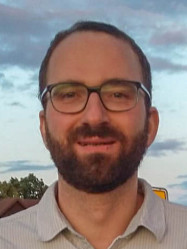BibTex format
@article{Saiz:2021:10.1523/ENEURO.0428-20.2021,
author = {Saiz, Alia M and Miller, P and Reichenbach, J},
doi = {10.1523/ENEURO.0428-20.2021},
journal = {eNeuro},
pages = {1--12},
title = {Otoacoustic emissions evoked by the time-varying harmonic structure of speech},
url = {http://dx.doi.org/10.1523/ENEURO.0428-20.2021},
volume = {8},
year = {2021}
}

